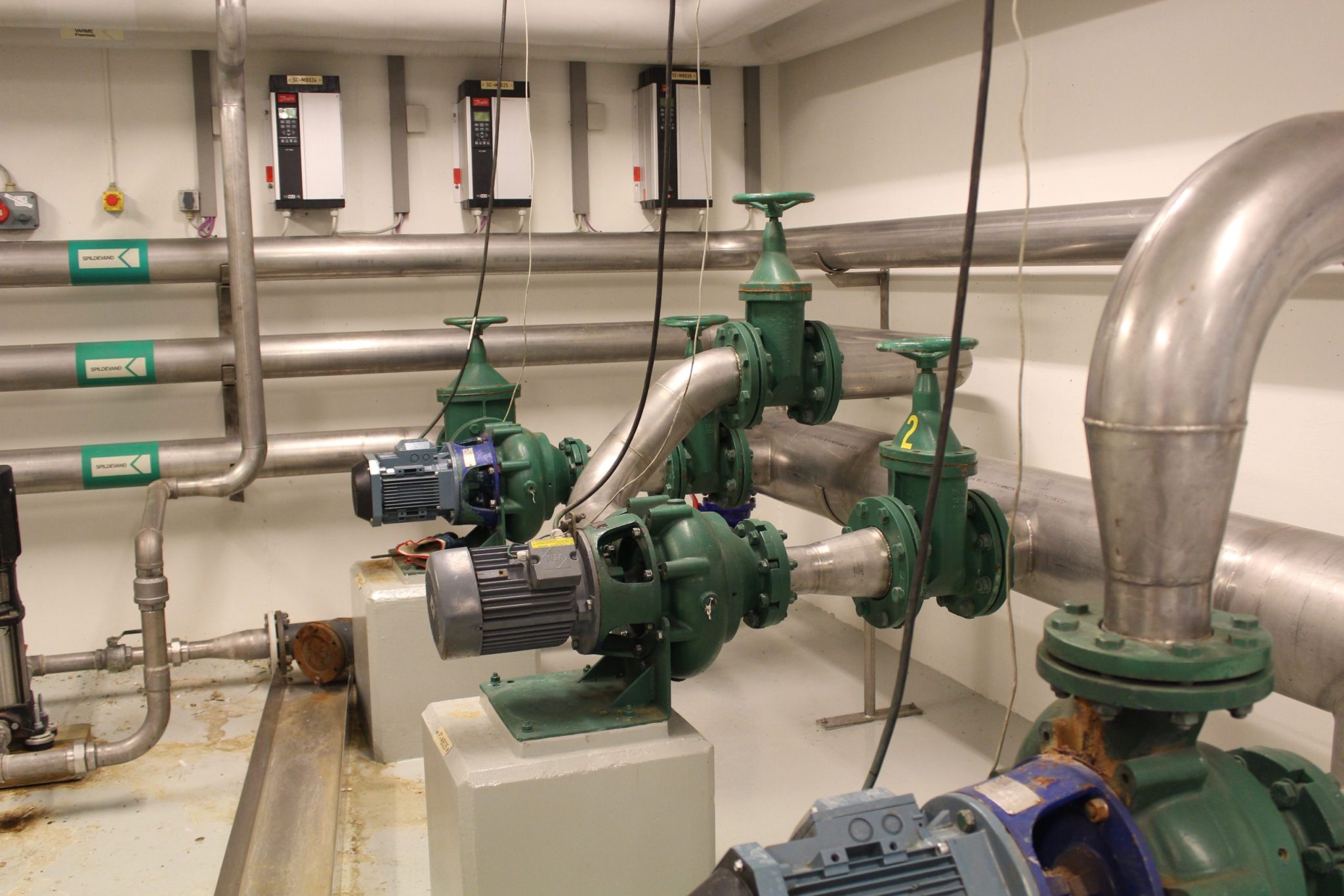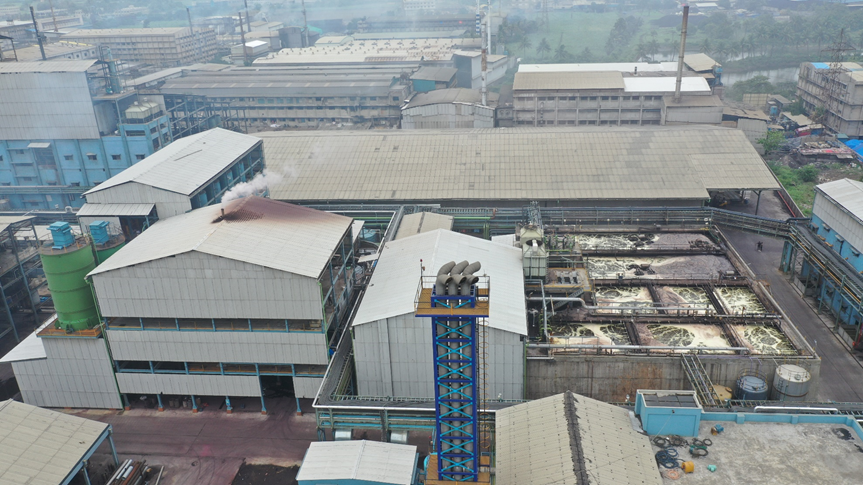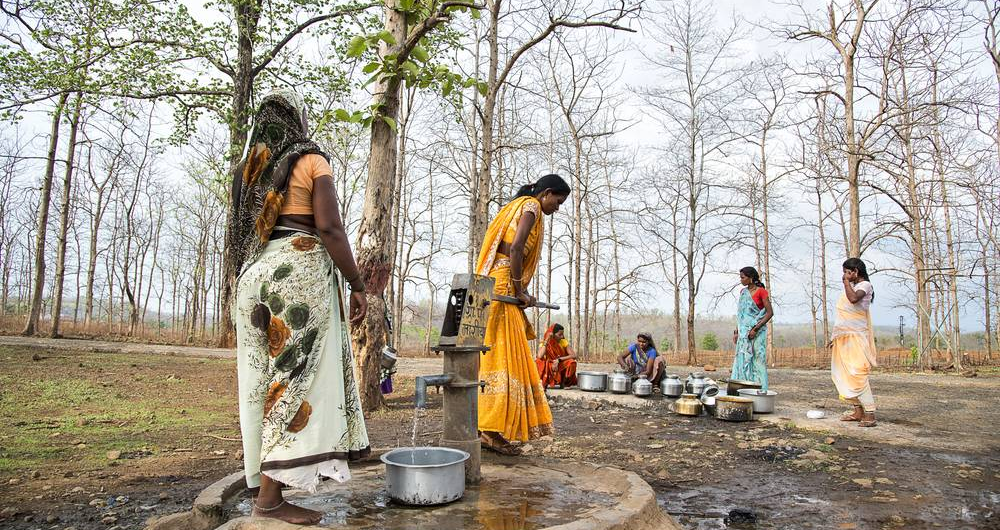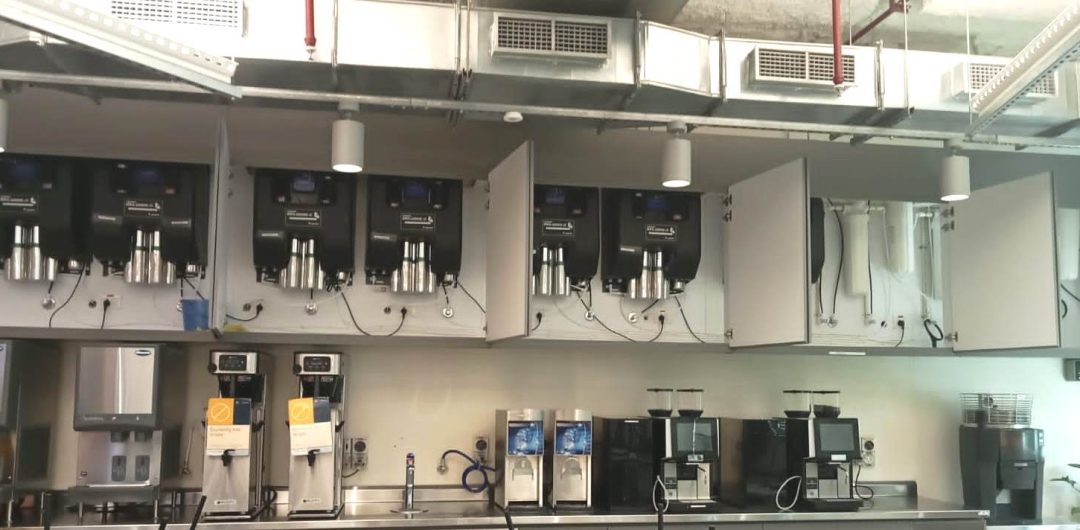By Mr Mandar Vaijanapurkar – Head of Drives Sales, Marketing & Services, Danfoss India Region
Introduction:
The Marselisborg Wastewater Treatment Plant, located in Aarhus, Denmark, has undergone a remarkable evolution in its approach for energy management, symbolizing a paradigm shift in its operational strategies. Transitioning from a primary goal of minimizing energy usage to maximizing net energy surplus starting in 2010, the plant has redefined its operational framework. Currently, it operates with a surplus in both electricity and heat production, actively contributing energy to power Aarhus’ district heating system. This shift towards surplus energy generation has led to a substantial reduction in the plant’s carbon footprint by an impressive 35%.
This transformation signifies a significant departure from traditional wastewater treatment plant operations, marking Marselisborg as a pioneering example of efficient and sustainable energy practices within the wastewater treatment domain.
Challenges:
- Energy-Intensive Operations: Wastewater treatment processes are inherently energy-intensive, demanding substantial electricity for pumping, aeration, and sludge management. The continuous 24/7 operation cycle, essential for treating wastewater effectively, posed a significant challenge due to its high energy consumption.
- Quality versus Energy Balance: As the facility aimed to improve treatment quality, especially concerning nutrient removal, it encountered a paradoxical situation. The increasing demands for better treatment quality, essential for environmental standards, resulting into escalated net energy consumption. Balancing the need for improved treatment quality against the rising energy consumption became a challenge.
- Load Variations and Seasonal Changes: Water and wastewater treatment processes exhibit high load variations throughout the day and across different seasons. Managing these variations efficiently to match energy consumption and treatment needs posed a significant operational challenge.
- Process Optimization Complexity: Implementing advanced control strategies and process enhancements required comprehensive planning and precise execution. Optimizing nitrogen removal, upgrading blower technology, and controlling sludge age demanded sophisticated technologies and careful calibration to ensure optimal performance without compromising treatment quality.
- Investment and Technological Transition: The transition to energy-efficient technologies, such as frequency converters and advanced blower systems, involved significant investment. Adopting and integrating these new technologies into the existing infrastructure required planning, investment, and specialized expertise, which posed financial and operational challenges.
- Variable Inputs and Process Instability: Biological processes, like those involved in wastewater treatment, are subject to variations in input volume, content, and occasional unpredictability in chemistry. This variability led to challenges in stabilizing power production and energy consumption, requiring careful monitoring and adjustment to maintain consistent results.
Strategies and Solutions:
By implementing the following strategies and solutions, Marselisborg not only optimized its energy consumption but also significantly enhanced its energy production capabilities. The integration of advanced technology, precise control mechanisms, and process innovations played a critical role in transforming the wastewater treatment plant into an energy-neutral and sustainable entity.
- Control Strategies with Frequency Converters: Marselisborg utilized frequency converters across various equipment, including blowers, pumps, and motorized machinery. These converters allowed for precise control, enabling the facility to adapt swiftly to fluctuating demands and load variations. This adaptability was crucial for optimizing energy consumption based on specific operational requirements, thereby ensuring more efficient energy usage round the clock and across different seasons.
- Process Enhancements for Energy Efficiency:
- Nitrogen Removal Process Optimization: Strategies focused on enhancing the nitrogen removal process. By leveraging frequency converters, precise aeration control was achieved, minimizing energy consumption while maintaining optimal treatment quality. This approach effectively increased the retention of carbon within the system, contributing to improved energy efficiency.
- Upgraded Blower Technology: Marselisborg implemented advanced blower technology upgrades. This innovation significantly reduced energy consumption in the aeration process, representing a substantial leap in energy efficiency while ensuring proper treatment processes.
- Aerobic Sludge Age Control: The facility employed precise control mechanisms using frequency converters for return sludge pumps. This control strategy optimized energy utilization by adjusting sludge age based on temperature and plant load, leading to increased carbon retention within the system and lowered energy consumption.
- Combined Heat and Power (CHP) Process Upgrade: Marselisborg undertook a significant upgrade to its CHP process. This enhancement aimed at maximizing energy production efficiency, achieving an impressive 90% energy efficiency rate. The upgraded CHP process played a pivotal role in generating surplus power while minimizing wastage, contributing significantly to the plant’s sustainability and energy autonomy.
Outcomes:
The foundation of this achievement is a two-tier strategy: Reduce energy consumption while increasing energy production.
In 2005, Aarhus Vand began to improve energy efficiency at Marselisborg WWTP. Almost all equipments with a motor in the water cycle, 290 in total, were fitted with variable speed drives which offer the controllability that help secure just the right amount of energy needed for optimal performance. The plant achieved an exceptional milestone by surpassing its initial objective. It produced 130% more electricity than its operational needs, resulting in a 30% annual net surplus. This surplus electricity has been integrated into Aarhus’ district heating system, benefitting the city and significantly reducing its dependence on external energy sources.
A series of online sensors are mounted throughout the WWTP. They provide critical information in real-time, which allows for automatic calculation of setpoints for the variable speed drives. As a result, the Marselisborg WWTP is a highly energy efficient operation. In addition to surplus electricity, the plant generated an excess of about 2.5 GWh/year in heat production. This surplus heat holds the potential to be channeled into district heating systems or industrial applications, further enhancing the plant’s overall sustainability.
But the Marselisborg WWTP is also a biorefinery that produces energy. In 2010, Aarhus Vand began to improve that side of the wastewater equation. The plant generates energy from the biogas it creates out of household wastewater sludge is extracted from the wastewater and pumped into digesters. These produce biogas – mostly methane – that is then burned to make heat and electricity. The transformation resulted in a substantial reduction of the plant’s carbon footprint, with a reported decrease of 35%. This reduction in greenhouse gas emissions aligns with global sustainability goals, showcasing the potential of wastewater treatment plants to act as environmentally responsible entities.
In the period from 2016 and 2021, Marselisborg WWTP produced close to 100% more energy than needed for treating wastewater. The energy produced can be used to supply the area with drinking water as well. This means that Marselisborg WWTP produces enough energy to match the needs for the full water cycle of the entire catchment area, including both drinking water and wastewater, essentially decoupling water from energy. Process optimization and digitalization is estimated to have contributed to 70% of the improvements. With a return on investment (ROI) of 4.8 years, it demonstrated the economic viability and sustainability of these energy-saving measures. Moreover, the continual improvement in ROI over time ensures the long-term financial sustainability of the plant’s operations.
Decoupling Water from Energy
Energy Production from Marselisborg WWTP almost covers the entire water cycle
| Energy Consumption | 2016-2021 Average |
| Water treatment, distribution (kWh) | 3.3 mill |
| Wastewater transport (kWh) | 0.7 mill |
| Marselisborg WWTP (kWh) | 3.3 mill |
| Total energy consumption (kWh) | 7.2 mill |
| Energy Production | |
| Electricity production (kWh) | 4.7 mill |
| Heat production (kWh) | 2.1 mill |
| Total energy production (kWh) | 6.8 mill |
| Own energy supply degree | |
| Wastewater treatment process, electricity, and heat (%) | 208% |
| Total water cycle, Marselisborg catchment area | 94% |
| Return on Investment Estimated to be 4.8 Years on average between 2005 and 2016 | |
Future Vision:
The future vision for Aarhus City regarding its wastewater treatment plants represents a bold and progressive step towards energy sustainability and self-sufficiency. Here’s a more detailed elaboration on this future vision:
- Energy Surplus for City-wide Needs: Aarhus City envisions surpassing its current achievements in energy production from wastewater treatment. The goal is to generate a surplus of energy significant enough to not only fulfill the electricity demands of the district but also provide for the city’s potable water supply. This ambitious plan strives to ensure that the energy generated exceeds the total energy requirements of the entire city, creating a surplus that can be shared across different sectors.
- Transforming Energy Consumption Patterns: The aim to transform the municipality’s largest electricity consumer into an energy-neutral entity involves a fundamental shift in energy consumption patterns. By harnessing surplus energy from wastewater treatment plants, the vision is to offset or exceed the total energy consumed by the city, fundamentally altering the dependency on external energy sources.
- Energy Independence and Sustainability: The broader objective of this vision is to achieve greater energy independence and sustainability for Aarhus City. By generating surplus energy from wastewater treatment, the city can potentially reduce reliance on traditional energy grids and external suppliers, moving towards a more self-reliant and eco-friendly energy model.
- Community-wide Impact: This future vision isn’t confined to the operations of wastewater treatment plants alone. It aims to have a profound impact on the entire community by revolutionizing energy management practices, inspiring innovative technological solutions, and fostering a culture of environmental stewardship among residents and stakeholders.
- Pioneering Energy-Neutral Practices: Achieving an energy-neutral status for a municipality the size of Aarhus City would mark a pioneering milestone in sustainability practices. It would set an example for other cities and municipalities, encouraging them to explore and adopt similar strategies to minimize their environmental footprint and work towards a more sustainable future.
- Continued Innovation and Collaboration: Fulfilling this future vision requires ongoing innovation, technological advancements, and collaborative efforts between local authorities, environmental agencies, and technology providers. It necessitates a commitment to research, development, and implementation of cutting-edge solutions to realize the goal of energy surplus from wastewater treatment.
In conclusion, the journey of the Marselisborg Wastewater Treatment Plant stands as a proof to the relentless pursuit of energy efficiency, innovative control strategies, and technological advancements within wastewater treatment. This concerted effort has yielded transformative outcomes, notably in the reduction of carbon footprints and the achievement of surplus energy generation. By prioritizing sustainability and pioneering surplus energy production, Marselisborg sets a remarkable example for the global water management sector. It demonstrates the potential for an energy-neutral future, highlighting how such initiatives can redefine the conventional norms of energy consumption and production in wastewater treatment, thus paving the way for more environmentally conscious and sustainable practices worldwide.





